The Frick Goes Minimalist
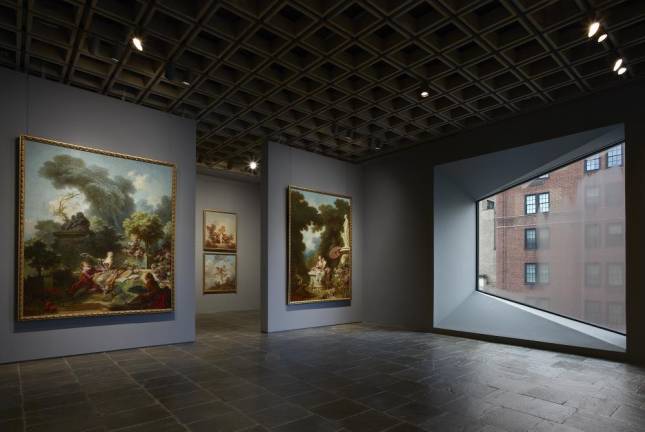
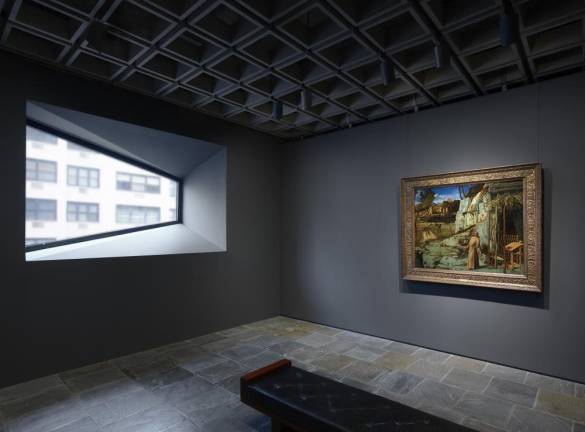
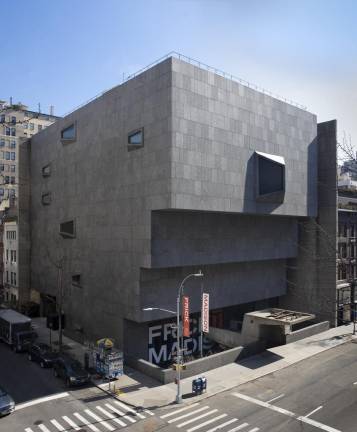
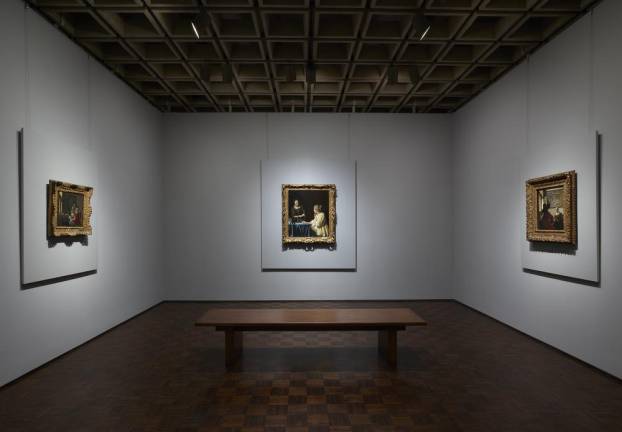
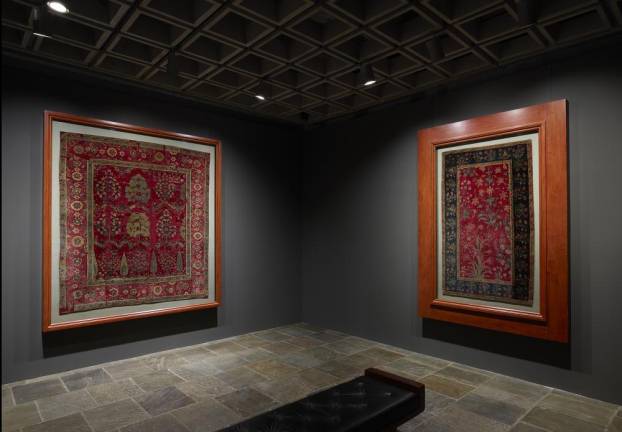
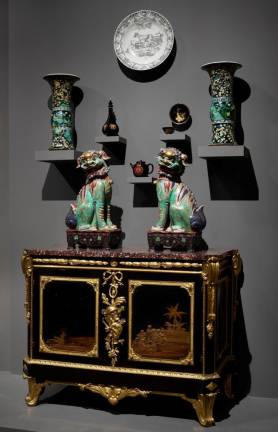
The opening of the Frick Collection on March 18 in new temporary quarters, just north of the Gilded Age mansion, has been eagerly anticipated. While Henry Clay Frick’s house on East 70th Street undergoes a two-year upgrade, New Yorkers can enjoy the Old Master paintings, sculpture and Sèvres porcelains in the modernist Breuer building, former home of the Whitney Museum and, more recently, the Met Breuer.
The Frick continues to offer stellar virtual programming during the pandemic, recently adding assistant curator Giulio Dalvit to the roster in the mad-popular “Cocktails with a Curator” series. But there is no substitute for the real thing, that in-person, unfiltered experience of great art in a great architectural setting.
Frick Madison satisfies on both scores. You may think you know the collection like the back of your hand, but step inside the concrete canyons of Marcel Breuer’s 1966 landmark and you’ll think again and start seeing again.
The art, greatest hits from the collection, has been rearranged and “de-constructed,” Deputy Director Xavier Salomon said at a virtual press preview. It occupies three floors and is now organized chronologically and by region and media: Northern Europe, Italy, Spain, France and Britain, in addition to rooms devoted to individual artists, small bronzes and decorative items such as clocks, ceramics and furniture. Room 9 on the third floor showcases two rare 17th century Mughal carpets from northern India, in shiny frames dramatically offset by somber gray walls.
The contrast between the Old Master and highly decorative pieces in the collection and the spare, modernist aesthetic of the Breuer building is powerful. With the domestic setting and sublime trappings of the Beaux-Arts mansion stripped away, the art is thrown into high relief and can be seen without any distractions, none. The works stand alone — in at least one case, completely alone — and speak to viewers in a new, quieter way.
“The Chapel”
And in a new light, too, thanks to the building’s singular windows overlooking Madison Avenue and 75th Street. One of the highlights of the installation is a room on the third floor informally known as “The Chapel,” solely inhabited by Renaissance master Giovanni Bellini’s “St. Francis in the Desert” (late 1470s) in conversation with light — pure light — that pours in from a trapezoidal window. Per the handy guide available to all who visit: “The divine light in the painting merges with the natural light of Manhattan.”
For this viewer, the ecstatic saint, communing with nature in a rocky landscape, brought to mind a very secular, profane image from the final season of “The Sopranos” — that time when Tony Soprano goes to Vegas and does peyote. High as a kite, he heads to the Red Rock Canyon and, arms extended in a manner recalling St. Francis, howls as the sun rises, “I get it! I get it!” It may be a stretch, but I like to think the show’s creators drew inspiration for this aha moment from Bellini’s spiritual tour-de-force.
The curators offer more conventional insights. The Vermeer-obsessed should waste no time and head to Room 6 on the second floor, where the collection’s three genre paintings by the artist from Delft — “Officer and Laughing Girl” (ca. 1657), “Girl Interrupted at Her Music” (ca.1658-59) and “Mistress and Maid” (ca. 1666-67) — are grouped together for splendid contemplation.
At the virtual preview, Curator Aimee Ng noted details in the works that jumped out at her as never before — a white wine glass in “Officer and Laughing Girl” that now plays off the red wine glass in “Girl Interrupted” on the opposite wall, for starters.
The blue-and-white ewer in “Girl Interrupted” may be Chinese porcelain, or Delftware, which can lead to a wider conversation about 17th century global trade. The silver lining of the museum’s COVID restrictions is that you can see the art crowd-free and think about it more deeply — connect in a way you hadn’t before and get lost in it.
Monumental Canvases
There are small statements and grand statements here. Two rooms facing Madison Avenue on the fourth floor are devoted to the display of Jean-Honoré Fragonard’s rapturous “The Progress of Love” series, 14 canvases in all, exhibited together for the first time in the museum’s history.
Purchased by Mr. Frick around 1915, the series was created in two stages (1771-72; 1790-91) for two different locations, hence the two rooms. The first four monumental canvases mapping the couple’s love affair are featured in a high-ceilinged room with light streaming in from the avenue; the remaining 10, including four panels of hollyhocks and exuberant Cupid overdoors, are exhibited in an adjoining gallery.
Says Salomon: “As you leave the second room of Fragonard, with the hollyhocks, you realize how impressionistically they are painted, how loose they are, how the brushwork of Fragonard at the end of his career ... looks ahead to modern times.”
From there, it’s a smooth transition to the next room, featuring Corot and the French Impressionists — Manet, Monet, Degas and Renoir. As many times as I’ve seen Renoir’s “La Promenade” (1875-76), with those two impeccably dressed young girls taking a walk in the park, I never grow tired of that doll, as chicly turned out as its mistress. Never.
“The Frick Reframed: The Frick Collection Presents Highlights Reconsidered at Frick Madison,” 945 Madison Avenue (at 75th Street). https://www.frick.org/visit